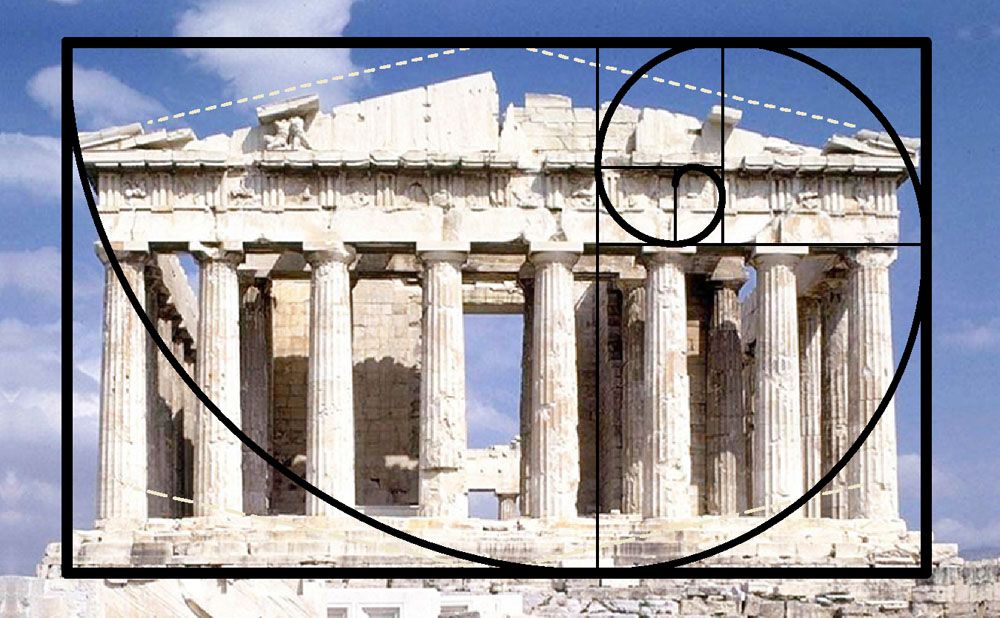The Golden Ratio and its Effects on Architecture

There is no single answer to what makes an excellent architectural design. Different people will have different opinions, and what works for one person or project might not work for another. However, some general principles can help you create beautiful and functional architecture.
One crucial factor is simplicity. Keep your designs streamlined and straightforward, without too many extra details or flourishes. This will make them easier to understand and appreciate, and it will also make them more timeless.
Another critical principle is functionality. Make sure your designs are helpful and serve a purpose, rather than just looking pretty. Think about the needs of the people who will be using the space, and be sure to incorporate features that will make their lives easier.
In addition, pay attention to the details. Even small choices, like the hardware you use or the way you arrange furniture, can make a big difference in a space’s overall look and feel. So be thoughtful about your decisions and take the time to select high-quality materials that will enhance your design.
All of these principles make ample sense, especially for amateur architects. But there is one more principle that we haven’t talked about, and it’s embedded in architectural history for as long as humanity can remember. This principle is known as the golden ratio.
What is the Golden Ratio?
The golden ratio is a mathematical proportion that repeatedly appears in nature, and it can also be found in many works of art and architecture. Artists have used it for centuries to create aesthetically pleasing compositions, and it’s believed to be inherently attractive to the human eye. A typical example is the Pyramid of Giza and, well, people’s faces! The golden ratio is found almost everywhere, even in many art pieces.
The golden ratio is represented by a number called Phi, approximately equal to 1.618. This number can be used to create a golden rectangle, which is a rectangle with proportions that match the golden ratio. For example, if you were to take a golden rectangle and cut it into two squares, the remaining piece would also be a golden rectangle. You can keep doing this forever, and the resulting shapes will always be golden rectangles.
What’s so special about the Golden Ratio?
So what’s so special about the Golden Ratio? Many people believe that it’s the most aesthetically pleasing proportion, and that’s why it appears so often in nature and works of art. Some studies have even shown that people prefer compositions based on the golden ratio.
However, not everyone is a fan of the Golden Ratio. Some people find it too perfect and argue that it makes compositions look unnatural. Others believe that there are no hard and fast rules for creating beautiful architecture and that the Golden Ratio is just one tool that you can use if you choose.
Examples of Art and Architecture Using the Golden Ratio
As stated earlier, the Pyramid of Giza and our very faces use this ratio. But many more famous pieces of art and architecture use this ratio, such as :
- The Parthenon
- The Mona Lisa
- The Great Pyramid of Khufu
- The Cathedral of Notre Dame
- The U.S. Capitol Building
The last example is the White House, something people might see daily. The White House was designed with the Golden Ratio in mind, which makes it an oddly satisfying piece of architectural wonder to look at.
As you can see, the Golden Ratio is a popular tool that many architects and artists use to create aesthetically pleasing designs. However, it’s not the only factor you should consider when making your architecture. Be sure to also keep simplicity, functionality, and attention to detail in mind as you work on your projects.
How do Modern Architects Use the Golden Ratio?
Modern architects use the golden ratio quite often. Many homes, such as the ones from Minami Residences, use the golden ratio for their design. This allows for a more unique and luxurious look that will surely turn some heads.
However, some modern architects add their own twists to the famous golden ratio. This is because the golden ratio seems to be monotone and boring to a certain extent. Some architects believe that you don’t need to use the golden ratio in its purest form but can instead remix it to create something more unique and interesting.
In the end, it’s up to you whether or not you want to use the golden ratio in your own designs. However, it’s always a good idea to be aware of this principle and how it can be used to improve your work. Thanks for reading!